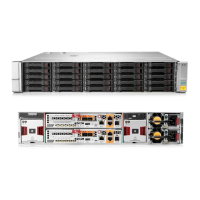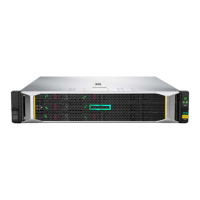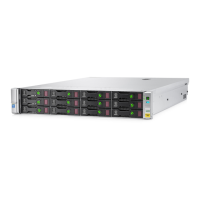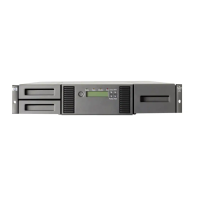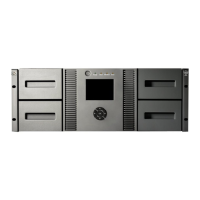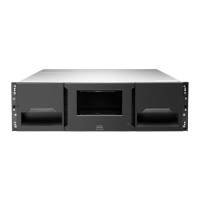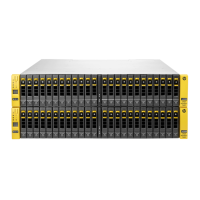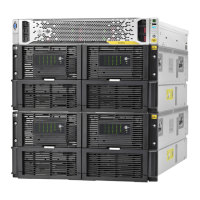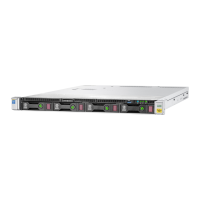11
Technical white paper | HP StoreVirtual 4000 Storage
Network switching
Network interfaces on HP StoreVirtual 4000 Storage (physical storage nodes as well as HP StoreVirtual VSA) can connect
to industry-standard network switches (adhering to the IEEE 802.3 Ethernet standard). While any compliant Ethernet
switch works, the capabilities and feature set of the switch is key to designing a robust network for storage.
Key design criteria for iSCSI networks should address:
• Performance
• Reliability
• High availability
• Low latency
To address these design criteria, HP recommends selecting switches that supports the following software and hardware
feature:
Software features:
• Jumbo frame support
• Flow control
• Loop detection
• Quality of services
• Link aggregation protocol
• Trac ltering (access controls)
• Virtual local area networks (VLANs)
• Routing (optional)
• Switch virtualization (optional)
Hardware features:
• Non-blocking backplane
• Sucient port buering
• Wire-speed throughput
Port buering cache
For sequential workloads with larger block sizes, it is recommended that the switch has sucient buer cache. In these
environments, it is recommended to allocate at least 512 KB of buer cache per port. For example, if the switch has 48
ports, which are all used for iSCSI, the recommendation is to have at least 24 MB of buer cache for those ports.
Switching methodology
The advantage of cut-through switching is that the switch can start transmitting an Ethernet frame on a destination
port before it was received in its entirety on a source port—this is in contrast to store and forward switching in which the
switch has to receive the entire frame rst before transmitting it to its destination.
When examining only the rst few bytes of a frame, which carries the destination media access (MAC) address, it saves a
considerable amount of time to forward the entire frame to its destination port.

